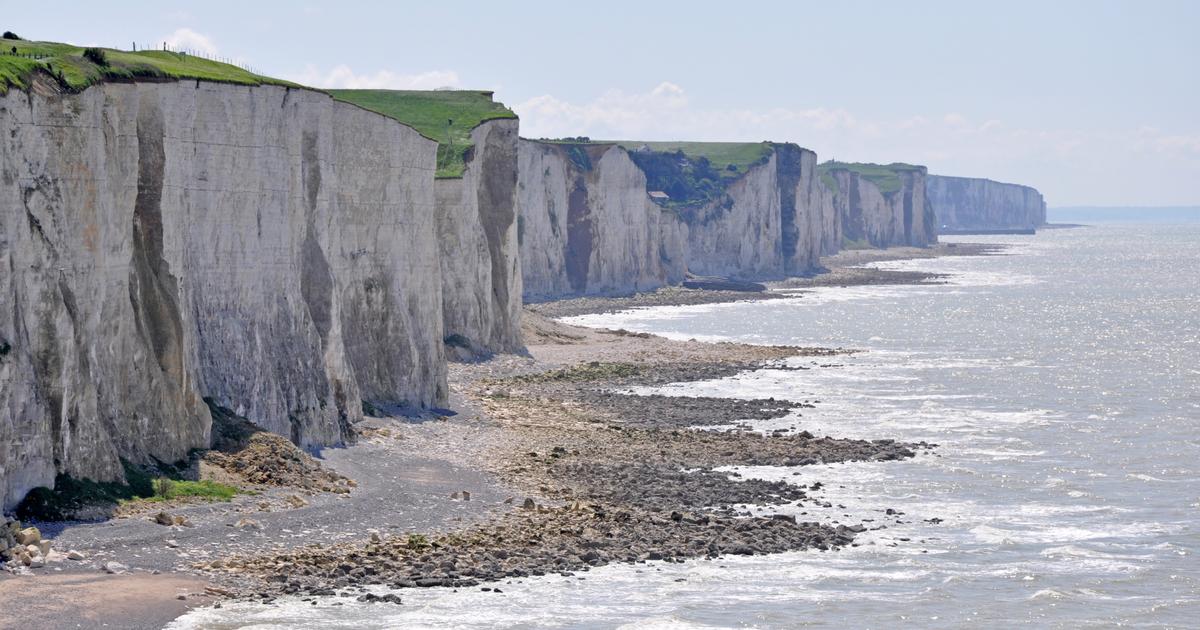Enlarge image
The flower was found 150 years ago, but researchers have only now been able to identify it correctly
Photo: Eva Sadowski Berlin / dpa
Millions of years old, very large and with several pollen grains: An extraordinary flower in amber has been re-analyzed by two scientists.
It is the largest flower ever discovered in amber, report Eva-Maria Sadowski from the Museum für Naturkunde Berlin and Christa-Charlotte Hofmann from the University of Vienna in the journal "Scientific Reports".
It has a diameter of 28 millimeters, which is three times the size of most flowers enclosed in amber.
According to the Natural History Museum, the flower was enclosed in resin around 34 to 38 million years ago.
The fossil from the collection of the Federal Institute for Geosciences and Natural Resources in Berlin was discovered and described 150 years ago - at that time as false camellia.
A mistake, as it now shows.
Pollen reveals origin
"Based on the pollen and some flower characteristics, the researchers were able to assign the fossil to the Asian representative of the genus Symplocos from the Symplocaceae family," it said.
This family includes shrubs and small trees.
The researchers report that it is the first find of this plant genus from Baltic amber.
The new findings are an additional piece of the puzzle that will help to further decode the flora of the Baltic Amber Forest and thus to draw conclusions about the climate of the past, explained Sadowski.
So far, the fossil cannot be viewed, according to the Natural History Museum.
Researchers keep making unusual finds of amber.
They discovered, for example, a prehistoric caterpillar in the tree resin, a dragonfly during the mating ritual and the tail of a dinosaur.
Amber is fossil resin and is more common in the Baltic Sea region.
Millions of years ago, a forest grew in the region, from whose trees the resin comes.
koe/dpa








